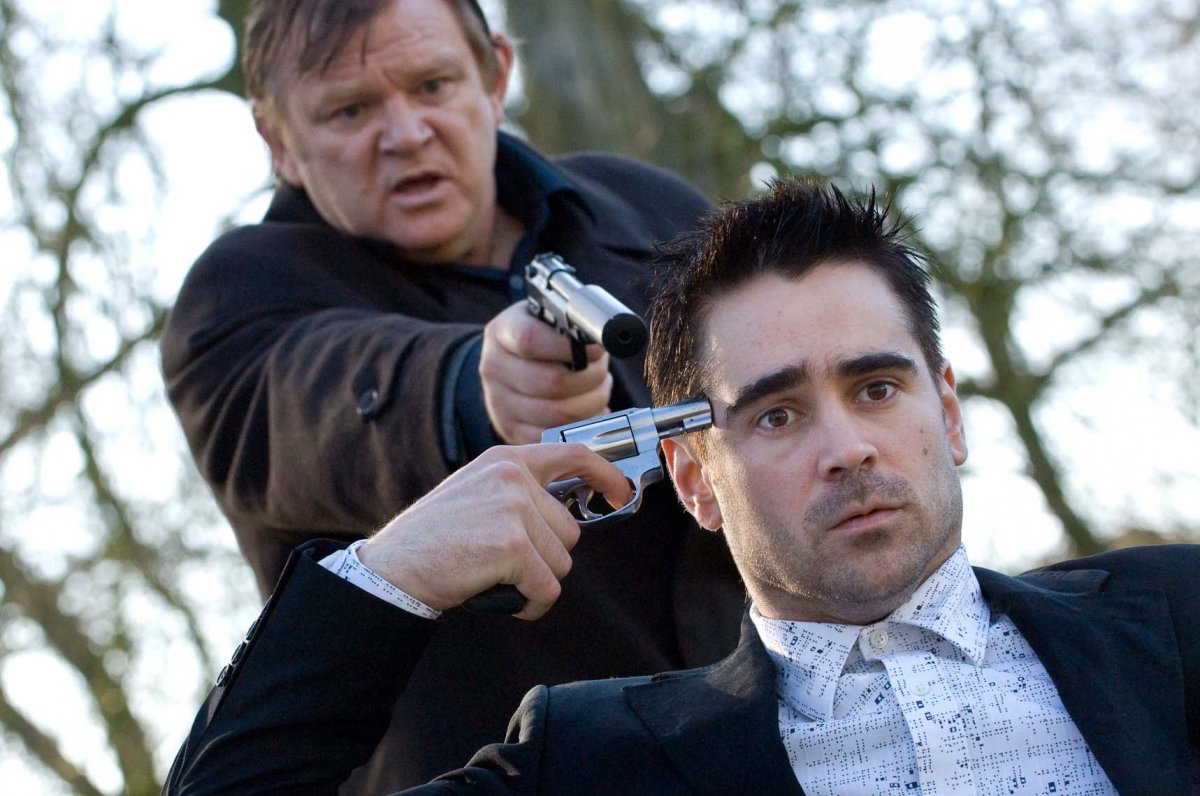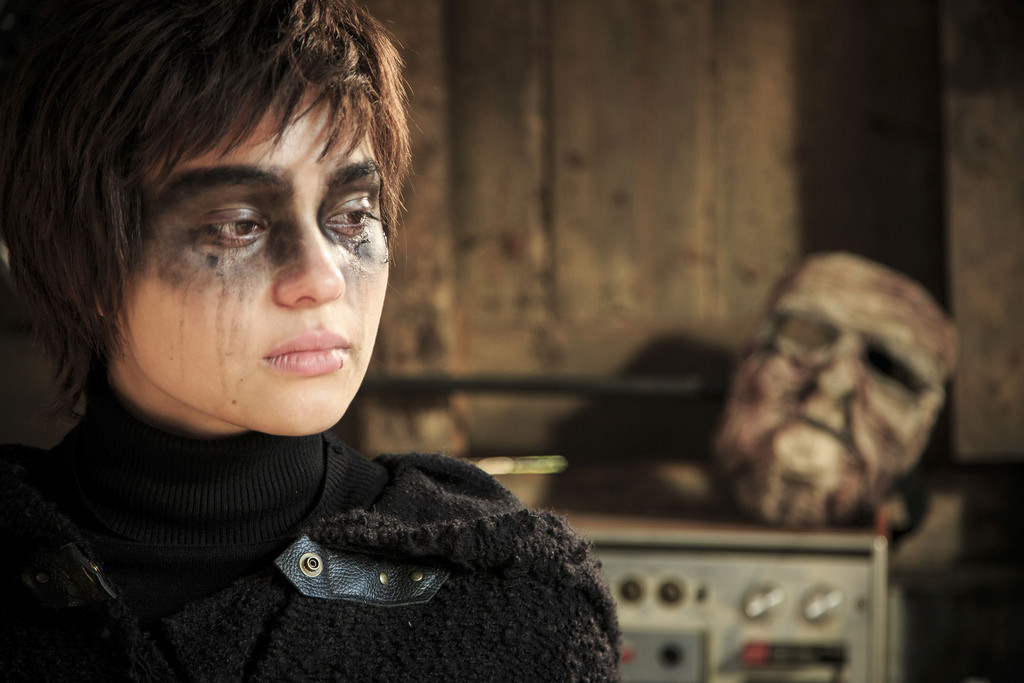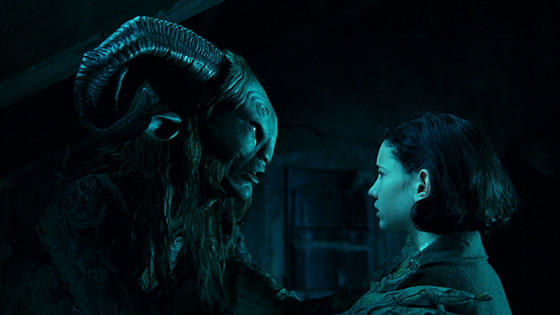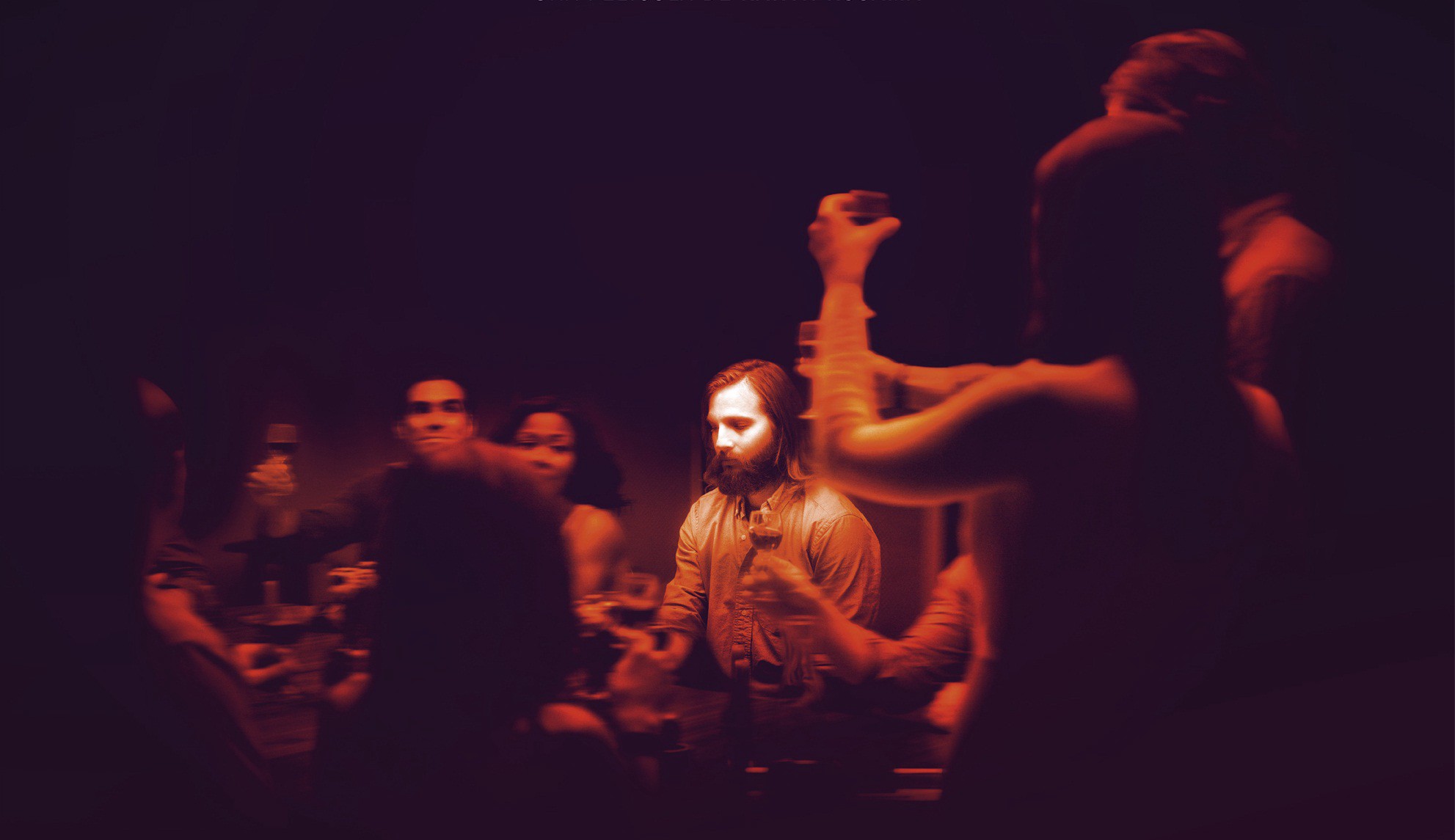
Does art imitate life, or does life imitate art? And where does that divide start to blend? Great works of art—whether literature, film, visual arts, or otherwise—make that boundary disappear, and they demonstrate how many artists view life as if through a prism that reflects and diffracts its own reality.
Some great works of art even remind viewers of the realities presented in other art forms entirely, and this list is interested in exactly that experience. The ten films included in this list are notable in terms of film art and, equally, of such high quality that they could be great novels.
While a brilliant film may be judged so because of its cinematography, plot, characters, and/or artistry, an impactful novel can be rated similarly. Characters, plot, and artistry are also central to the credit of a great book, but instead of cinematography, the novel’s form and tone are analyzed. Therefore, an amazing film that has the quality of an incredible novel would have to contain at least three traits.
First, the film would incorporate a literary script. There would be close to no flaws with the script, and the actors would commit themselves fully to their roles to deliver their lines. Second, the film would leave a remaining impact on the mind of the viewer. Essentially, the themes involved in the film’s plot or the way they’re expressed through the tone of the “text” would have to be resonant and thrilling at once. Third, and finally, the film would be immune to formal and thematic predictability—or, at least, it would be as unpredictable as is generically possible.
Horror films, for example, are always a touch predictable, for their soundtracks and scripts often follow closely with genre restrictions. Despite the genre, however, these high-level artistic works would actively reverse their ability to be predicted by audiences, and those thrills, twists, and instances of ingenuity would elevate the film to a distinctive level of art.
As a point of clarification, the following list purposefully excludes works of film art that are admittedly inspired by novels. Certainly, films of this nature would seem novel-quality, and assuredly, when one asks their friends what films they think would fit this list, that person will likely receive more titles based on novels than not. In this case though, no such films will be detailed below.
This list also attempts to compare ten titles that have utterly divergent filmic energies. Of the films included below, ten different genres are represented, and, accordingly, ten different styles of novel are suggested. Thousands of films could be incorporated in this list, but here are this author’s top ten choices for great films that have the quality of a novel.
10. Rhymes for Young Ghouls

Displaying the struggles of American Indian peoples in the 1970s (and presumably today), Jeff Barnaby’s 2013 film “Rhymes for Young Ghouls” focuses on a young Canadian Native woman, her friends, and the system that threatens their lives. The film is creative, touching, and undeniably dark. Its conflicts are horrifying yet real, and the commitment of the actors to their characters helps the film world come to life.
A young Native woman with a broken family searches for authentic self-expression in a world dominated by harmful white people and their cultural norms. Devery Jacobs plays Aila, the young woman whose traumas are plain to see, and the spirits of the dead flutter about in her life to teach lessons. The supernatural world is clearly alive in “Rhymes for Young Ghouls” (as it often is in Native American artistic forms), and self-expression through art is valorized as one of only few techniques for escape.
As a subjective exploration into Reservation life, “Rhymes for Young Ghouls” provides the viewer with a similar experience to the reading of a Native American novel, either fictional or nonfictional. The viewer is granted extended snapshots into the lives of American Indians and Reservation culture, and the film exhibits more twists than any standard mystery novel might attempt. The intertwined lives of all the film’s characters become the film’s focal point, as is often the case in Native American literatures.
The script is haunting, moving, and obviously literary, with a protagonist who cleverly elucidates the qualms of her own home boundaries: “My world ends at the border of the reserve, where dirt roads open up to dreams of things you can never be here.” What a frustrating and impactful thought.
Furthermore, the film’s themes and major plot points are sure to be scorched onto the eyes and minds of its viewers. And finally, the film rejects predictability by providing gender-atypical characterizations and by reclaiming Native power bravely. Overall, this film is historically poignant and essential for modern viewers to see, but if it were written as a book, it would be just as jaw-dropping, guaranteed.
9. I <3 Huckabees

“I <3 Huckabees,” the 2004 comedy by David O. Russell, features David Schwartzman, Jude Law, Mark Wahlberg, and Naomi Watts in the philosophical drama of the millennia. Rehashing Existentialist themes from Jacques Sartre, Albert Camus, Simone de Beauvoir, and more, this film and its characters demonstrate what happens when Americans (ostensibly, any humans) become fully self-conscious about the effects of Capitalism.
The characters in “I <3 Huckabees” all start off as tropes. One character bikes everywhere to divest from the gasoline industry. One character works as an environmental activist, but his firm divests from him. Another is a model for the Huckabees Corporation, but her increasing age means her beauty is fading, so Huckabees wants her out.
Another character is the masculine face of Huckabees and the corporation’s Golden Boy…until he starts to actually question things. At first, they’re static, problematic, and flawed, but as the film goes on (with the help of Life Detectives played by Dustin Hoffman and Lily Tomlin), the characters blossom into their own awareness of the world and all its complications. The characters’ changes are what makes this film so astounding.
Overall, this philosophical exploration into the spice of life is full of dense literary allusions. It functions on the viewer’s mind like a Thomas Pynchon or Anthony Burgess novel might; it forces the reader to question the very system they hold dear in order to value each character (and themselves) as a person. The script is jam-packed and complex, the themes are evolved and mature, and the twists are satisfying in the most nonnormative, countercultural ways.
In terms of the three categories in this analysis, “I <3 Huckabees” uses a smart and literary script voiced by interesting and devoted characters, it’s definitely going to keep you thinking long after it ends, and the freshness of the story helps it fight predictability. It’s truly an incredible work of art.
8. A Touch of Sin

The 2013 Chinese drama film “A Touch of Sin” certainly isn’t based on a novel, but it is supposedly based on real-life experiences of modern-day Chinese people. It focuses on the lives of four individuals on the margins of Chinese society, and it establishes a vibrant setting of surrealism and violence in four diverse Chinese regions and provinces. The characters in the film are all flawed, and their experiences are meant to reference at least four powerful events in China’s recent history.
As director Jia Zhangke vocalized in an interview with the BBC, “The choice of these four cases…was the starting point for inspiration because they just suggested my thinking and understanding of the four aspects of violence.”
The first case emphasizes direct social problems that cause unrest. The second reveals a more spiritual problem concerning what happens when one’s home is dying. The third case speaks to issues of dignity that cause violence, and the final case discusses the societal and systemic invisible violence enacted on so many people—and how some respond to it.
The film’s director, Jia Zhangke, won Best Screenplay for “A Touch of Sin” at Cannes, so you can tell from just that award how literary the script truly is. Furthermore, the depiction of four people and their lives as they progress separately and then come together is a common literary endeavor. The subject matter of the film being based off real life also reminds of environmental literary texts that seek to expose injustice by providing real-world examples of violence.
Interestingly, the entire film is a divergence from previous stories in the same genre category. In Chinese film and literature, the tradition of wuxia art represents and glorifies martial heroes through fantasy elements and high action sequences. “A Touch of Sin” as a title even references famous wuxia film “A Touch of Zen,” directed by King Hu in 1971, which is said to be one of the most influential wuxia films of all time.
Instead of following with wuxia art’s tradition, however, “A Touch of Sin” opposes genre restriction and purposefully moves against even Zhangke’s previous stylistic choices. Overall, this film is brilliantly psychological, resembling an environmental or horror novel. Its three parts will haunt you and leave you on the edge of your seat wondering what just happened.
7. Pan’s Labyrinth

As a complimentary film to Guillermo del Toro’s 2001 film “The Devil’s Backbone” (set in 1939 Spain, the final year of the country’s bloody civil war), the same filmmaker wrote and directed “Pan’s Labyrinth” in 2006. The dark fantasy vibes of “Pan’s Labyrinth” contrast with the gothic horror elements of “The Devil’s Backbone,” but the horrors of military occupation are comparably terrifying in each.
“Pan’s Labyrinth” is about the daughter of an army officer in Spain in 1944 and what happens to her in her father’s company. Taking place between wartimes in a struggling stage of Spain’s reconstruction and development, this film displays the worst of humanity along with its best—the worst being cruelty and fascism, the best being imagination. Ofelia (played by Ivana Baquero) is brought to her father’s abode so her mother can give birth again. Ofelia’s young, impressionable, and imaginative, for the horrors of her father’s work are often invisible to her.
Instead of seeing that violence, Ofelia perceives a world of fairies and spirits around her who insist in her royal blood. Before long, a faun appears with challenges for young Ofelia, and if she can complete them, she can rejoin her true family and gain her place on their throne as Princess Moanna. While all this is happening, Ofelia’s father hunts down anti-fascists hiding in the words, and Ofelia’s mother dies of complications with childbirth.
Eventually, one of the anti-fascists saves Ofelia and her newborn brother, and the children escape into a maze with their army officer father right on their heels. The story comes across as a twisted fairy tale, and the ending is utterly unexpected.
Throughout, the script and dialogue are poignant and effective, so the literary elements of the film are clearly there. As a wartime novel, “Pan’s Labyrinth” would blow others out of the water. Whether this film leaves you terrified or enlightened, it’s sure to leave an imprint.
6. The Invitation

If “The Invitation” was made into a novel, it would be the best conspiracy thriller you’ve ever read. Its twist and turns are countless, from hidden drug abuse to cult fanaticism and pseudo-kidnapping, yet its ending is all-but guaranteed to shock you. From the mind of Karyn Kusama (“Æon Flux” 2005 & “Jennifer’s Body” 2009), “The Invitation” from 2015 provides an intense and complicated glimpse into what happens when a traumatized humanity attempts to heal itself.
“The Invitation” starts off with a group of college friends (and their respective partners) who have all received identical random invitations to dinner and drinks at the house of another old university friend. It seems like they’re all excited to be there, but viewers soon learn that a rejection wasn’t viable: the host hadn’t seen any of these people since her son was accidentally killed a few years back at his birthday party. To make matters even more interesting, the host and her new boyfriend invite her ex-husband (a.k.a.—the father of her dead son) and his current girlfriend. Talk about an awkward gathering.
Whether the group convenes from guilt, duty, or pure friendship is then questionable, but they seem to at least start off the night in good spirits. They catch up on the past while evading the topic of dead children, but when the hosts’ other friends start sharing their stories, our friendly college buddies start to get suspicious. Soon, it becomes clear what the fellowship was really about: cult conversion.
As this film progresses, it’s bound to keep you guessing. You might be sure you know what’s going on, but the subtlety of the script along with the actors’ performances will likely keep you in the dark until the last possible moment. It’s raw, it’s exciting, and it’s a complete enigma. “The Invitation” certainly deserves its place on this list even though its initial release was limited, and it’s still fairly hard to find. Word to the wise, check it out on Netflix before it’s gone.